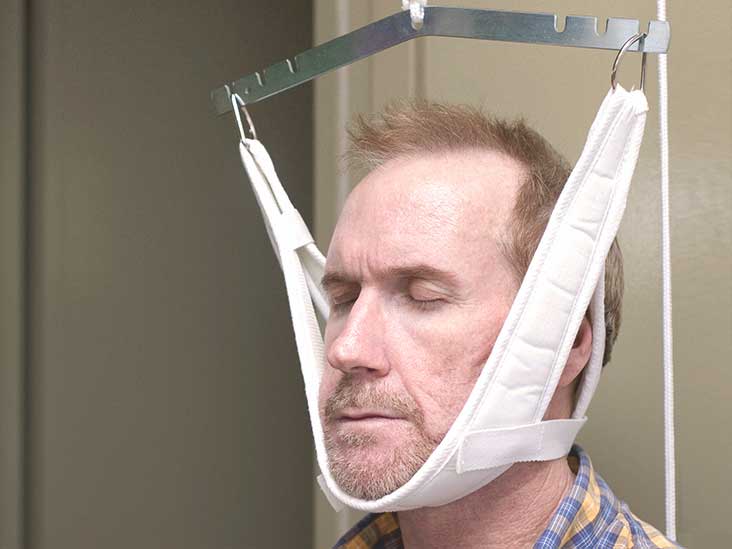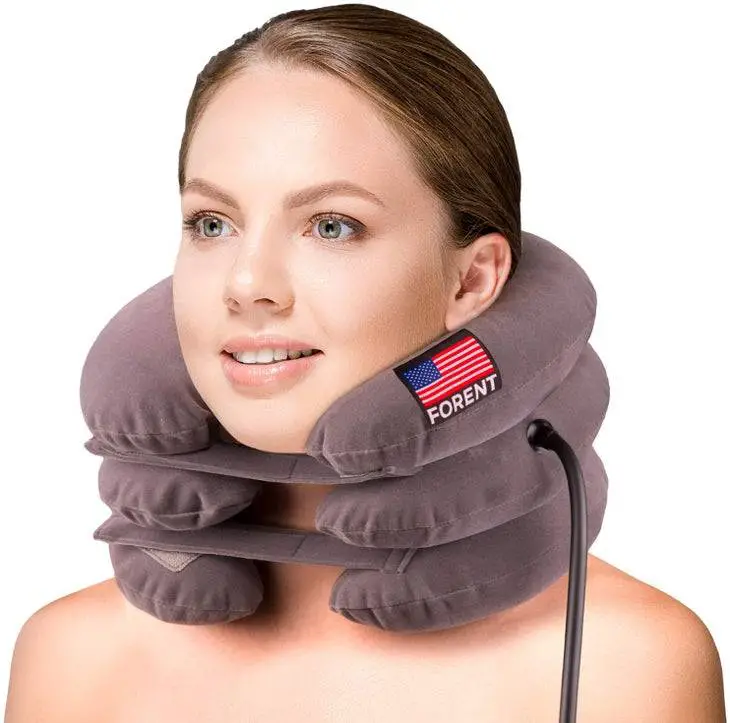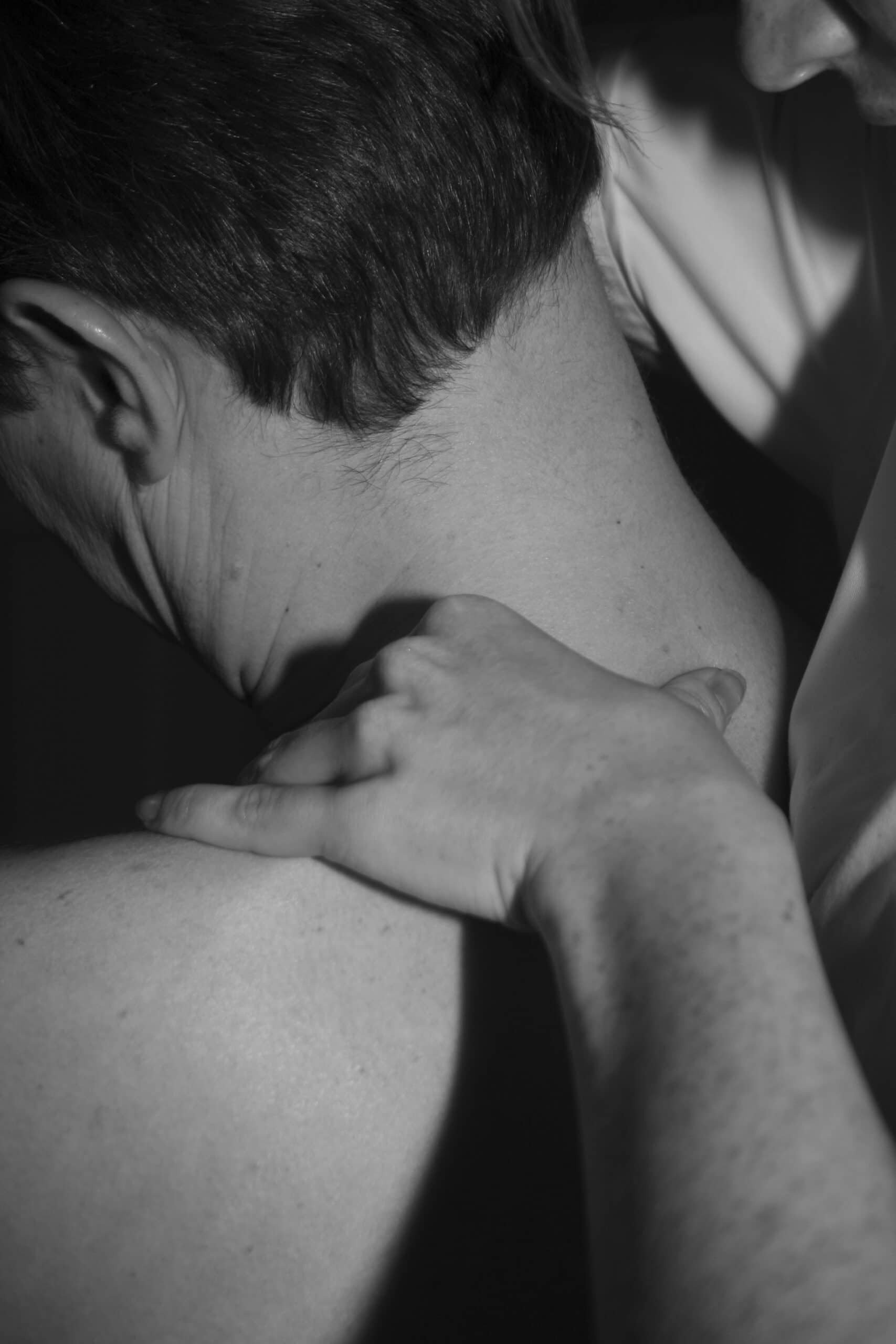Cervical Traction Device- Types, Uses, Benefits, And Side effects!
A cervical traction device is used for neck pain and injuries related to the neck. There’s a complete treatment for neck pain known as a cervical treatment. It is frequently used to treat conditions like pinched nerves or cervical radiculopathy. It involves stretching the neck gently and separating the joint surface and disc in the neck or cervical spine.
Let’s see what is cervical traction device, its benefits, side effects, and how it is done.
What is cervical traction treatment?

Cervical traction or traction of the spine is a well-known treatment for neck-related injuries and pinched nerves. Essentially, this treatment is used to pull your head away from the neck to eliminate compression and create an expansion. It is believed to be an alternative treatment for ailments like neck pain and helps avoid the requirement of surgeries or medications.
It is also used as a part of physical therapy treatment or for home purposes. A cervical traction device stretches the neck lightly to decrease the pressure on your spine by separating or pulling the vertebrae. It is said to be fast-acting when compared to other methods and is highly effective.
There’s a lot you will need to know about this procedure and how the cervical traction device works. Keep reading to know more!
Benefits of putting cervical traction device

A cervical traction device is used to treat various causes and types of neck pain, neck tension, and tightness. The cervical traction procedure helps to relax the muscles which significantly helps reduce stiffness and pain while increasing flexibility. It is also utilized for treating and flattening herniated or bulging disks. It can help alleviate pain from muscle spasms and sprains. It is also used to treat cercal spondylosis.
A cervical traction device works by stretching the muscles and spinal vertebrae to relieve pain and pressure. Tension or force is used to pull or stretch the head away from the patient’s neck. This creates a space between the vertebrae thus relieving compression and allowing the muscles to relax. This stretches or lengthens the joints and muscles around your neck.
A meta-analysis of studies from the year 2017 examined the effectiveness of cervical traction devices in reducing neck pain. The study or analysis reported that this treatment reduces neck pain significantly after following the treatment. Also, the changes were seen immediately. pain scores were also noted to reduce as analyzed in follow-ups. However, high-quality and more in-depth studies are needed to learn about the long-term influence of cervical traction devices in this treatment.
Another study from 2014 found out that mechanical traction was useful in treating patients with neck pain and pinched nerves. Mechanical traction was highly more effective than exercising or using over-door traction.
Let’s see how it is done or used.
How it is done

There are a few ways for using a cervical traction device. You can get the work done by a physical therapist or by yourself at home. With the help of a physical therapist, you will be able to decide which method will suit you the most based on your current situation.
The physical therapist might also recommend that you purchase a cervical traction device to be used at home. A few specific devices might need you to have a written prescription by the doctors. Cervical traction devices are readily available online or nearby medical supply stores. When you visit a therapist, they might show you how to use a cervical traction device appropriately before using it at home without guidance.
You can also check in with the physical therapist even after utilizing the home treatment. They will make certain that you are taking the most suitable treatment, check the progress, and modify the therapy sessions as required.
There are few types of cervical traction devices, these include:
Manual cervical traction device
A manual cervical traction device is used by the physical therapist. While you are sleeping or lying down simply, they will tenderly pull your head away from the neck. They will then keep the position for a duration of time before releasing it into the original position and repeating the same. The physical therapist will also make modifications and adjustments to your specific positioning to obtain the best results.
Over-the-door cervical traction device
An over-the-door traction device is specially designed for home-usage. You can adhere your head with the neck to a harness attached. This is attached to a rope that is a section of a weighted pulley system going over a door. This could be performed while you are sitting, lying down, and leaning back.
Mechanical cervical traction device
This is another popularly used traction device. Mechanical cervical traction is performed by a physical therapist. A harness is connected to your head and neck when you are resting in a flat position on your back. This harness locks up to either a machine or system of few weights that implement a traction force for pulling your head away from the neck or spine.
Side effects Of Using Cervical Traction Devise
In general, it is safe to use a cervical traction device or perform cervical traction. But, one should note that results of traction might or might not be similar for everyone using it. Although, this treatment does not cause any pain.
The patient may encounter some side effects like nausea, dizziness, and headache upon adjusting their body to this. This might even lead to fainting. You should stop it if you notice any side effects and talk to the doctor or a physical therapist about the unusual effects.
It is also possible for people to injure their tissues, spine, or neck. You must completely avoid using a cervical traction device f you have any of the following conditions:
- A recent injury or fracture in your neck or spine.
- Rheumatoid arthritis.
- Post-surgery hardware like screws in the neck.
- A tumor in the neck region.
- Bone infections.
- Blockage or other issues in carotid or vertebral arteries.
- Cervical instability
- osteoporosis
- Spinal hypermobility.
It is also important that everyone using traction devices should follow recommendations provides by the doctor and safety instructions on the label by manufacturers. Make sure you are working with the movements correctly with proper weights. Do not overexert your neck by doing traction for a prolonged time. Discontinue using it if you endure pain, discomfort, or irritation or the symptoms keep getting worse.
Can you apply a cervical traction device at home?

Traction can be performed at home and the most accurate device type for this is over-the-door traction. You will find it in many stores. If you buy one, your therapist will help you in learning how to use the device and provide advice on the correct amount of force to be used for the particular condition.
If you receive great benefits after using the mechanical traction in the therapy clinic or with the therapist, shorter traction units for home usage that impersonate the device practiced in the clinic are available. Such smaller devices are a tad more costly than over-the-door traction devices, but they are less hectic and more straightforward to use as compared to the door-mounted units.
The physical therapist may help you get a home mechanical traction device if they feel the need for it and sense that you will benefit from one.
It is not a good idea to have someone who is not properly trained to perform cervical traction on your neck. You may injure your neck or worsen your condition if the correct application of traction is not performed.
Cervical traction exercises

Many exercises could be practice when using a cervical traction device. Make sure you are paying attention to your body and know your threshold in terms of stretching the neck and the duration of exercises you perform.
To use an air cervical traction device, place the device around the neck and adjust its straps as required. Then, pump the device up and wear it for 20 to 30 minutes or the time you think your body can handle it. Do the same few times a day. You may wear the device while performing activities where you slouch.
To practice an over-the-door traction device, you normally have to begin with nearly 10–20 pounds of stretching force, which could be extended as you obtain more strength. The physical therapist may suggest the correct quantity of weight for you to work. Draw and hold the given weight for about 10–20 seconds and then gently release. Keep doing this for nearly 15–30 minutes at one time. You may perform this a few times during the day.
A Posture Pump is employed when you are lying down or resting. Make sure you complete a warm-up before practicing this device. Gently turn your head side-to-side, forward and then backward, and then incline your neck from side to side. Do every exercise nearly 10 times. Then, connect the portable device to the head and raise the pressure so that it tightens or hardens around the forehead.
Once it is pumped, wait for 10 seconds at least before releasing the air. Perform this 15 times. The next thing to do is inflate the unit to remain in a relaxed position for about 15 minutes. Make certain that you are not pumping it excessively, particularly in the beginning. After you liberate yourself from this pump, maintain your head in one line with the spine as you get into a standing posture. Repeat your warm-up routine to avoid further injuries.
You can also start incorporating stretching into the routine. You may use accessories like resistance bands and exercise balls. Another great tool to use is YOGA. It helps relieve neck pain and there are numerous cervical traction exercises that you may ask the physical therapist to enlist for your condition particularly. Also, most exercises do not involve any equipment besides your table or bed.
The Bottom Line
A cervical traction device may be a wonderful yet safe way to resolve neck pain and related injuries. It will provide you with different improvements within your body. It is a great alternative to using medicines or surgeries for pain. It enhances overall function making it an ideal method for neck issues.
Always speak to the physical therapist and doctors before starting with the treatment of bringing a cervical traction device from the store. Make visits to the doctors throughout the recovery phase. They will also help set up a good treatment plan that will address exactly what you need to heal.

